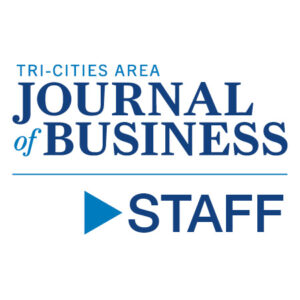
Home » Let’s consider measured approach to ag innovation in the Tri-Cities
Let’s consider measured approach to ag innovation in the Tri-Cities

February 13, 2025
A recently completed feasibility study for an Agricultural Innovation Center in the Tri-Cities presents a compelling vision for the region’s agricultural future. While the facility’s benefits as outlined in the 86-page report are ripe with potential, a measured and strategic approach is crucial, particularly given the existing landscape of agricultural research and development in the region.
The question isn’t whether innovation is needed, but how this proposed center can best complement and enhance existing efforts.
Other institutions in the region already are engaged in similar work. Washington State University Tri-Cities, Pacific Northwest National Laboratory, and various private companies are contributing to advancements in areas like precision agriculture, sustainable practices and food processing so we must take care not to duplicate existing initiatives.
The proposed center’s success hinges on identifying a clear niche that would add unique value. This could involve specializing in certain technologies, targeting particular crops or farming practices, or serving as a hub for cross-sector collaboration.
The report’s recommendations for facilities, from wet labs to meeting spaces, are impressive. However, careful consideration should be given to the scale and scope of these facilities. Many key ag industry groups – hay, potato and grape growers among them – already hold their annual meetings at Kennewick’s Three Rivers Convention Center, where expansion plans are underway.
Building a 50,000-square-foot center estimated to cost up to $30 million is a significant investment. A phased approach, as the report and proponents suggest, is wise, allowing for adjustments based on evolving needs and available resources. Perhaps starting with a smaller, more focused facility would be a prudent strategic first step.
Project advocates should actively engage with existing institutions, businesses and researchers. This would ensure that the center’s activities are aligned with the broader goals of the region’s agricultural community and will augment existing efforts. It’s more than just about building a center, it’s about creating a sustainable and impactful ecosystem for innovation, one that will spur the ag industry forward.
Opinion Our View Agriculture
KEYWORDS February 2025
Related Articles
Related Products





